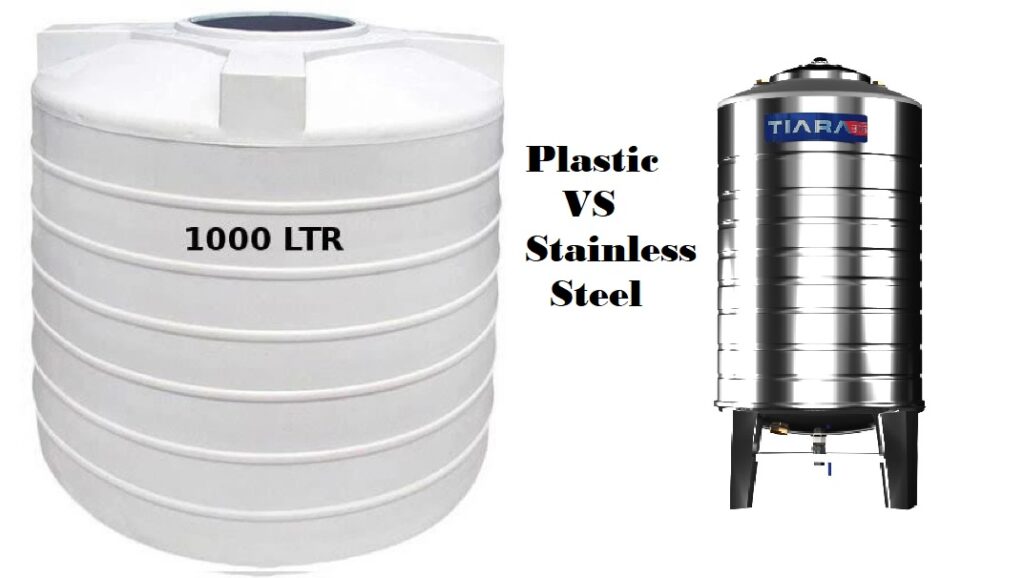
Water storage tanks play a vital role in homes, industries, and agricultural settings. Among the popular choices, stainless steel and plastic tanks stand out for their unique advantages. However, a key factor many consider when choosing a water tank is its durability. So, which of these materials promises greater longevity? Let’s compare.
1. Stainless Steel Water Tanks
Stainless steel tanks are known for their exceptional strength and durability. They are resistant to rust and corrosion, making them ideal for storing potable water. Here are some key characteristics:
Longevity: Stainless steel is inherently tough and can withstand harsh environmental conditions, including extreme temperatures and exposure to sunlight. When adequately cared for, these tanks can endure for many years.
Hygiene: Stainless steel is a non-porous material, meaning it resists bacterial growth. This ensures clean and safe water storage.
Weather Resistance: Stainless steel tanks do not degrade under UV radiation or prolonged exposure to the elements.
Cost Factor: On the downside, the initial cost of stainless steel tanks is relatively high, which might deter budget-conscious buyers.
While stainless steel tanks require minimal maintenance, they are heavy and less portable, making installation slightly challenging. However, their longevity often compensates for the upfront investment.
2. Plastic Water Tanks
Plastic tanks, often made of polyethylene, are lightweight, cost-effective, and widely used. Their advantages include affordability and ease of installation, but how do they fare in terms of longevity?
Durability: Although modern plastic tanks are designed to withstand UV rays, over time, prolonged exposure to sunlight can cause the material to degrade. This may result in fractures or leaks.
Hygiene Concerns: Plastic is a porous material, making it more susceptible to algae and bacterial growth, especially if not cleaned regularly.
Portability: One of the biggest advantages of plastic tanks is their lightweight nature, which simplifies transportation and installation.
Lifespan: With regular maintenance and proper care, plastic tanks can last around 10–15 years. However, they are more prone to wear and tear compared to stainless steel.
Which One Lasts Longer?
When it comes to longevity, stainless steel tanks emerge as the clear winner. Their durability, resistance to rust and environmental factors, and low maintenance requirements make them a long-term investment. Plastic tanks, while more economical and lightweight, may need replacement after a decade or so due to material degradation.
Conclusion
The choice between stainless steel and plastic water tanks ultimately depends on your specific needs and budget. If you prioritize durability, hygiene, and longevity, stainless steel is the superior option. For those seeking an affordable, lightweight solution, plastic tanks are a practical choice, though they may require periodic replacement. Weigh the pros and cons carefully to find the water tank that best suits your requirements.


